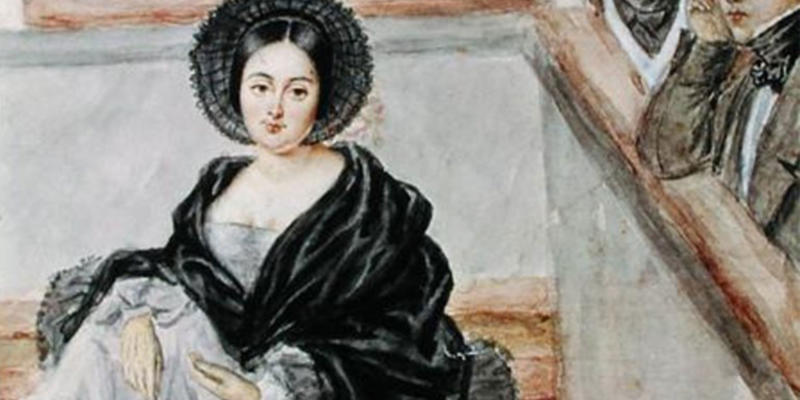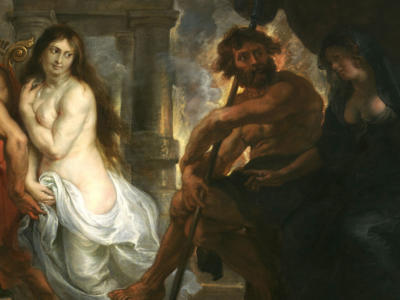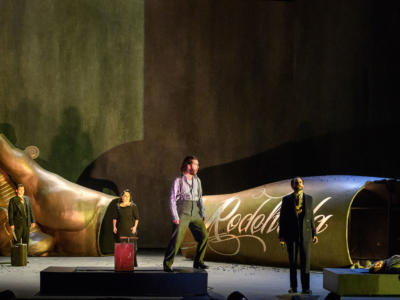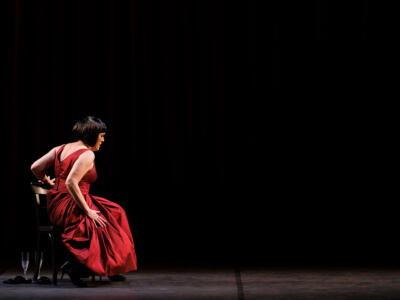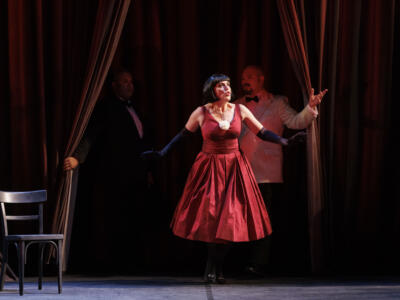Operas based on real people and events
From murderers to monarchs, historic moments and famous faces have inspired operas throughout the centuries. We’ve chosen six of the best known operas which have done just that.
Jack the Ripper: Iain Bell
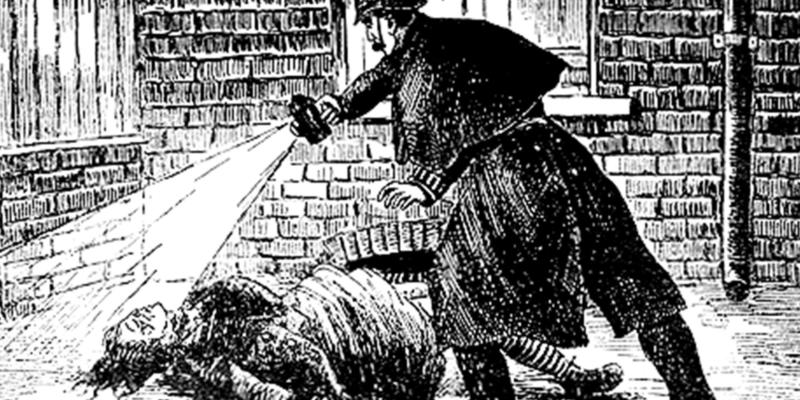
Illustration from The Illustrated Police News of Police Officer discovering one of Jack the Ripper’s victims
Iain Bell’s fourth opera is inspired by the eponymous Victorian serial killer; the most infamous murderer of all time. In Bell’s opera however, the Ripper never actually appears.
This piece of work tells the story of the women of this tragic tale, who are most often depicted as nameless victims. Emma Jenkins’s libretto shows us that these women were victims of circumstance, and that they pulled together in the face of the horrible events. Although the names of the victims in the opera stay true to fact, Bell and Jenkins have created (mostly) fictional stories to help us get to know the women.
Julius Caesar: Handel
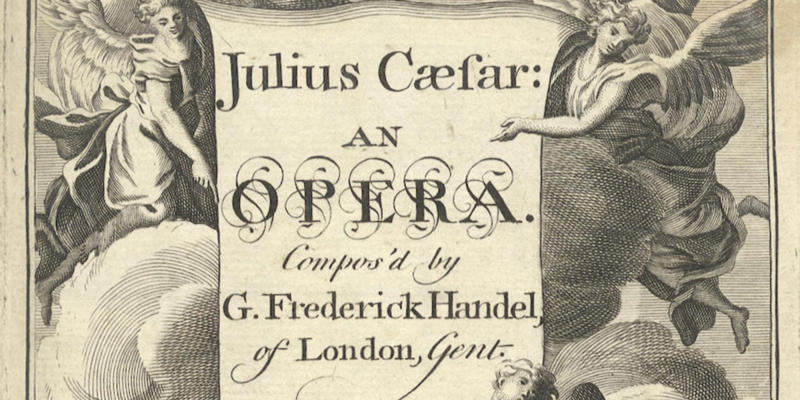
George Frideric Handel’s opera Giulio Cesare in Egitto (Julius Caesar in Egypt) (HWV 17). First edition manuscript published by Cluer in 1724.
Although one of the greatest composers of the 18th century, Handel wasn’t always an innovator when it came to the subject matter of his operas. Almost all Handel’s operas are based on history or myth and Julius Caesar (Giulio Cesare) was no exception. The lengthy opera (it usually lasts just under three and a half hours) is about Julius Caesar’s visit to Egypt in 47 BC.
Aside from the fact Caesar did in fact visit Egypt, and helped establish Cleopatra on the Egyptian throne, much of the plot is fictional.
Read our beginner’s guide to Handel to find out more about the famous composer.
Nixon in China: John Adams
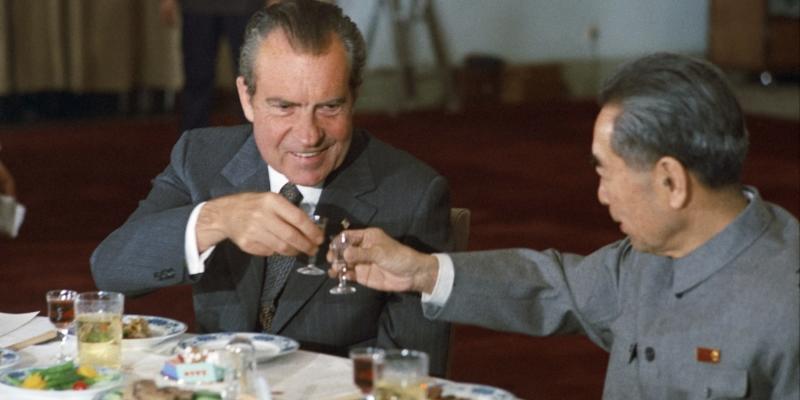
US President Richard Nixon and Chinese Premier Zhou Enlai toast, February 25, 1972
John Adams’s 1987 contemporary opera is based on Richard Nixon’s historic visit to communist China in 1972. This was the first time an American President had visited China. The visit ended several decades of fraught relations between the two countries.
Initially Adams rejected the idea of basing his first opera around this subject. He was persuaded by stage director Peter Sellars. After Nixon in China, Adams composed The Death of Klinghoffer. This was another collaboration with librettist Alice Goodman about a real life event.
Satyagraha: Philip Glass
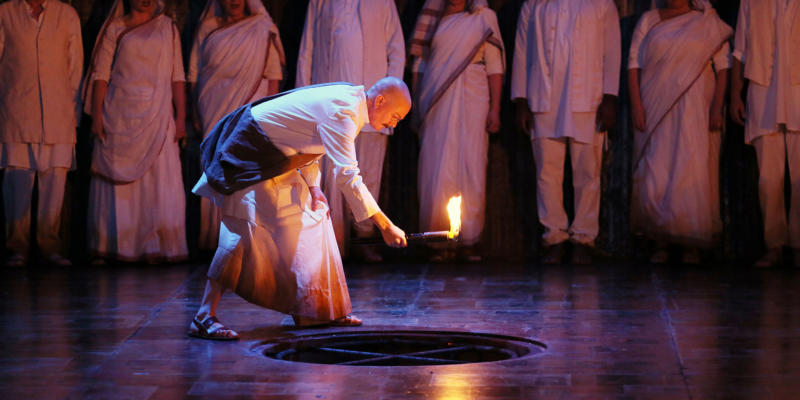
Toby Spence as Gandhi in the 2018 production of ENO Satyagraha (c) Donald Cooper
Satyagraha explores Mahatma Gandhi’s early years in South Africa. The story focuses on his non-violent approach to protesting as a political tool. Although loosely based on the political work and life of Gandhi, the opera itself doesn’t follow a conventional narrative. Each of the three acts is dedicated to an historical figure representing Gandhi’s past, present and future.
This minimalist opera is the second in Glass’s ‘Portrait Trilogy’, 3 operas centred around real people. The first, Einstein on the Beach, in which the scientist and his equations feature. The third is Akhnaten, based on the eponymous Egyptian pharaoh (husband of the well-known Nefertiti).
Verdi’s La traviata (The Fallen Woman) is based on Alexandre Dumas’s novel La Dame aux Camélias. Dumas based his leading lady on French courtesan Marie Duplessis and turned their brief affair into a tragic love story. Armand, the man who falls in love with Marguerite in the novel, is surely based on Dumas himself. In his opera, Verdi renames Marguerite to Violetta Valéry and Armand Duval to Alfredo Germont.
Find out more about art and literatures best known ‘fallen women’ in our guide.
Gloriana: Britten

Elizabeth I 1588 Armada Portrait commemorating the defeat of the Spanish Armada
Commissioned to celebrate Elizabeth II coronation in 1953, Britten’s Gloriana is inspired by the tumultuous relationship between Queen Elizabeth I and the Earl of Essex, Robert Devereux. William Plomer’s libretto is from Elizabeth and Essex, Lytton Strachey’s 1928 biography of the Queen. As such, the plot remains relatively true to historical events. This includes a scene where Essex confronts the ageing Queen in her dressing room and sees her without her wig or makeup.
As in real life, the Queen and Essex’s relationship concludes with the signing of his execution warrant.
Mary, Queen of Scots is an opera by Thea Musgrave, first performed in 1977. The opera is centered around the dramatic and tragic life of Mary Stuart, Queen of Scotland, focusing on the political and personal conflicts that led to her downfall. The plot weaves together key moments from her life, including her tumultuous relationship with her cousin, Queen Elizabeth I of England, and her eventual imprisonment and execution.
Musgrave’s music reflects the emotional intensity of the narrative, using a rich orchestral palette and intricate vocal lines to highlight the psychological and political struggles Mary faces. The opera explores themes of power, betrayal, and the role of women in positions of authority.

